The Prince and the Pauper - Chapter 4
- Read more about The Prince and the Pauper - Chapter 4
- Log in to post comments
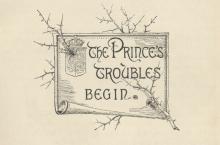

London was fifteen hundred years old, and was a great town—for that day. It had a hundred thousand inhabitants—some think double as many. The streets were very narrow, and crooked, and dirty, especially in the part where Tom Canty lived, which was not far from London Bridge.
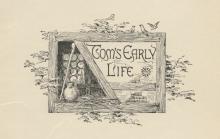

"I will set down a tale as it was told to me by one who had it of his father, which latter had it of HIS father, this last having in like manner had it of HIS father—and so on, back and still back, three hundred years and more, the fathers transmitting it to the sons and so preserving it. It may be history, it may be only a legend, a tradition. It may have happened, it may not have happened: but it COULD have happened.
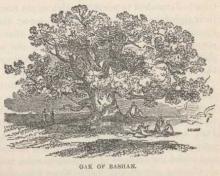
Of great interest to me, in this chapter, is the dress and behaviour of the tourists, especially their self-justified vandalism. Twain is amused by the former and offended by the later. He remarks on a somewhat related behaviour of the doctor. Once knowledge that a doctor was present in one of the Syrian villages they'd stopped in, the people flocked to him "... and upon his face was written the unquestioning faith that nothing on earth could prevent the patient from getting well now."
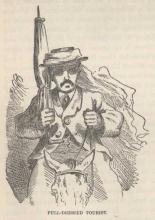
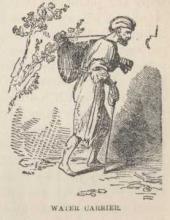
The attached letter, Number 29, was used by Twain in both this chapter and in chapter 45. The first two sections, a description of a Syrian village and the story of Nimrod were used in chapter 45 along with the final paragraph about his second horse of the journey, Baalbec. The section on the ruins of Baalbec (not the horse) were used in this chapter. Of particular interest, to me anyway, is Twain's discussion of the quality of mercy and how it is distinguished in issues of the letter of the law and the spirit of the law. In this case, in the keeping of the Sabbath.
